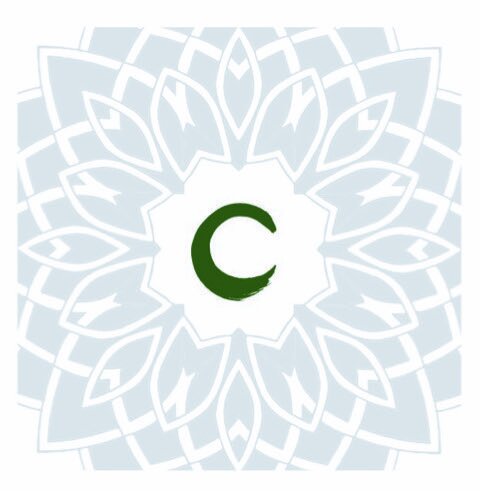Stages of Creativity: My Personal Reflections
I've often heard people discuss the stages of creativity, and honestly, there's a lot of debate about how many stages there actually are. Some say four, others say eight—but what's generally agreed is that creativity tends to follow a certain universal rhythm. Over the years of making art, teaching, and guiding others to explore their own creativity, I've noticed my own pattern, even though I never really named it explicitly.
Social psychologist Graham Wallace identified five main stages in his 1926 book, The Art of Thought: Preparation, Incubation, Illumination, Evaluation, and Verification. While these stages resonate with me, my own creative process feels a bit more fluid and personal.
For Wallace, the Preparation stage involves gathering ideas, inspiration, and materials. For me, though, it's less about deliberately brainstorming and more about responding to an impulse. It might start as a sudden attraction to a particular colour, material, artwork or emotion—perhaps I'm drawn to broad, expressive strokes or detailed sketches. Or I may just need to process my emotions and what’s happening in my life. Ideas seem to arise naturally, sometimes subtle and quiet, other times vivid and full of possibilities and I love how non-specific artistic creation can be, especially when you allow yourself to enter the flow of it.
If we use his framework, it would look something like this;
The Incubation stage, where you step back and let ideas settle, feels especially significant in my experience. But it's less linear for me. Sometimes stepping away from an idea allows it to shift quietly in the background, gaining new forms and connections. I often see this when facilitating groups; people pause, shift gears, and move from thinking to physically creating, changing their orientation from vertical thought to horizontal action.
Illumination—the classic "aha" moment—is indeed always magical. This happens when an idea suddenly moves from subconscious pondering and become clear for me. It might hit me unexpectedly, while making tea or taking a walk, and it brings a sudden burst of energy and enthusiasm to get creating.
Next comes Evaluation, a time for critical thinking and reflection. This is when I look closely at the idea to see how practical and impactful it really is. I might seek feedback, experiment, or question how closely I should stick to my initial concept. Not every idea holds up to scrutiny, and that's okay—it leaves room for something even better to emerge. This is where not holding too tightly to your initial idea can allow threads of exploration to take shape.
Lastly, there’s Verification, where everything comes together, turning the idea into something tangible. This phase is about committing to action—painting, sculpting, writing, or crafting something real. It's where the idea moves from imagination into reality for me, where I'm ready to share it with the world.
Nancy Spero
Throughout any creative journey, I find myself continuously moving between stages, or something like it, and these stages are a reasonable framework to use as a guide. I think they will be of benefit, to some degree, for most people. For me, sometimes stages blend and overlap, or they don’t play a part at all. My creative process is less like a neat checklist and more like a lively conversation between my thoughts, emotions and the materials at hand. I think creativity thrives when we allow ourselves to be curious and to be open to shifts, exploring unconsciously without rigid expectations.
I think whether you're cooking, gardening, doodling, or painting, creativity invites spontaneity, it’s fun. It’s a beautiful dance of exploration, discovery, and self-expression that can be very therapeutic. I encourage you to try these stages in your own way, enjoying every twist and turn along your creative path.
Happy creating, Tania


